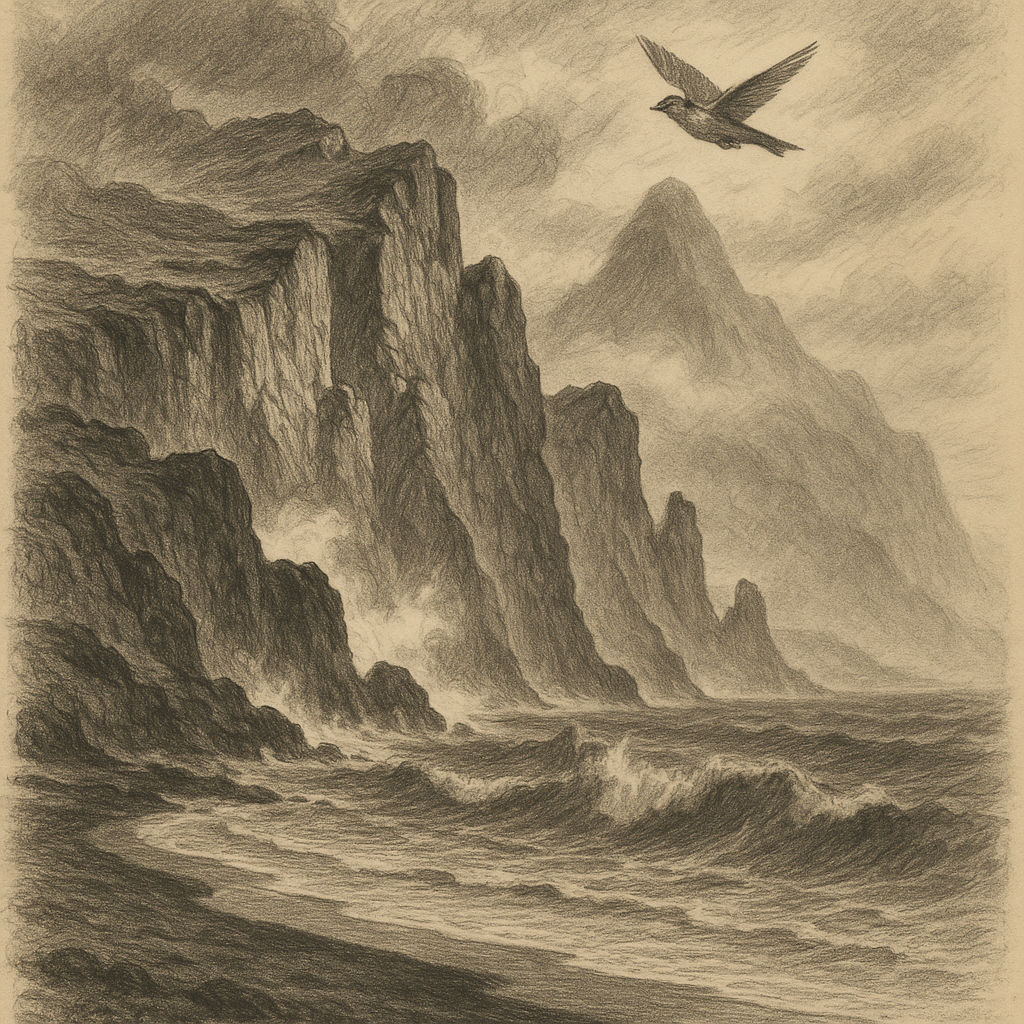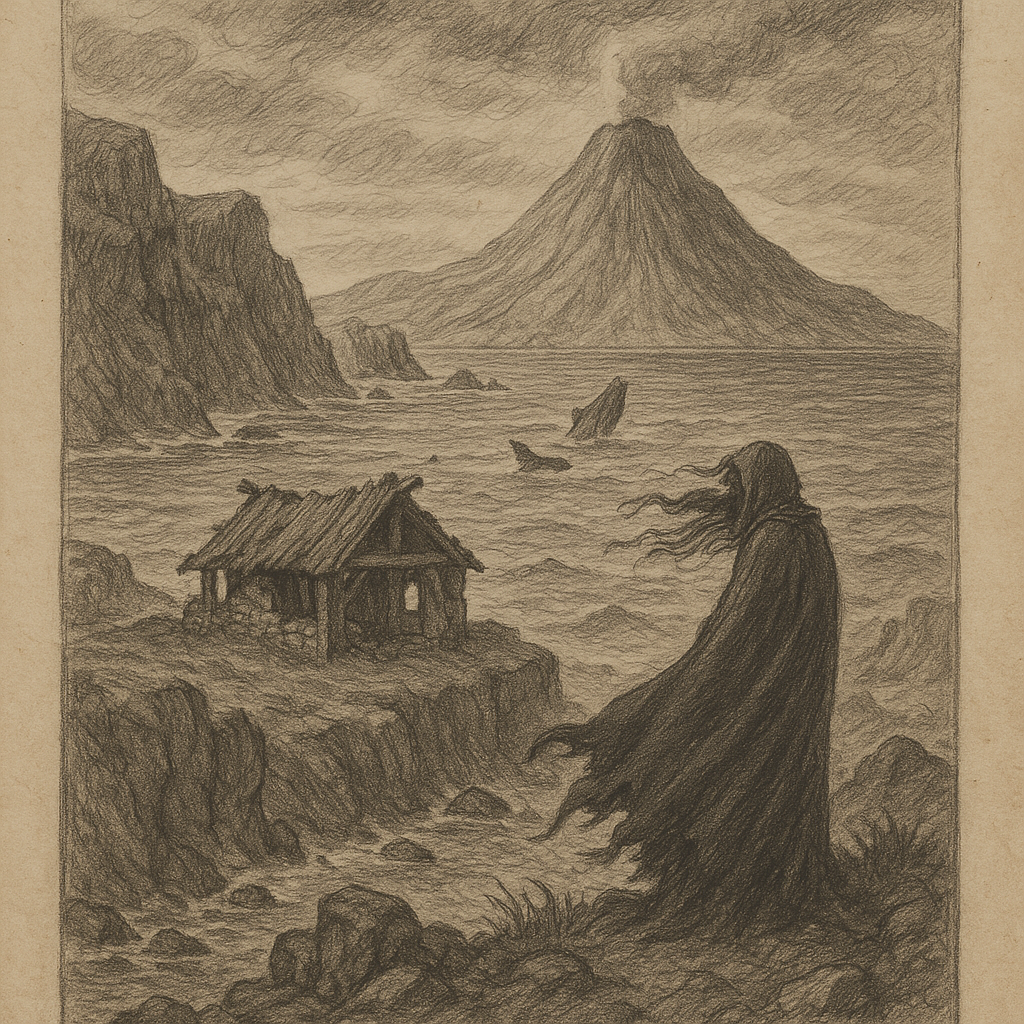Bajad Island: A Hidden Gem in the Remote Waters
Tucked away in a secluded part of the ocean, far from common travel routes, lies Bajad Island — an enigmatic and remote island whose natural beauty, intriguing wildlife, and captivating legends have kept it shrouded in mystery. Though little known to the broader public, Bajad Island has quietly intrigued researchers, adventurers, and storytellers alike. This article explores its geography, geology, biodiversity, as well as the stories and whispers that breathe life into its legacy.
Geographic Location and Isolation
Bajad Island is located in the far reaches of the northwestern Pacific Ocean, approximately 1,200 kilometers southeast of Japan and 1,400 kilometers northwest of the Mariana Islands. Its isolated position places it beyond major sea routes and territorial waters, making it one of the most secluded land masses in the region. The island lies on no common flight path and is absent from most popular navigation charts, known mainly to sailors, maritime researchers, and cartographers specializing in lost or underdocumented territories. Its remote geography adds to its allure and represents one of the few truly untouched ecosystems remaining in the Pacific.
Geological Origins and Terrain
Bajad Island was formed due to volcanic activity and lies on the western edge of the Izu-Bonin-Mariana Arc, a tectonically active region where the Pacific Plate is being subducted beneath the Philippine Sea Plate. This collision created a chain of volcanoes, both above and below the sea, with Bajad Island being the exposed summit of a now-dormant seamount.
The island itself spans approximately 15 square kilometers and peaks at Mount Virana, which rises 380 meters above sea level. The slopes of the island are steep and rugged, marked by jagged lava flows and deep ravines that bear testament to its fiery origin. While the eastern cliffs rise dramatically from the ocean, the western side is more gradual, offering a single beachhead known as Crystal Cove — a stretch of fine black sand lapped by unusually turquoise waters.
Flora and Fauna of Bajad Island
Due to its volcanic soil and consistent but moderate rainfall, Bajad Island hosts a surprisingly diverse variety of plant life. Dense coastal forests of ironwood trees and endemic moss ferns blanket much of the island’s lower terrain, while higher elevations support less dense vegetation adapted to volcanic rock.
The isolation of Bajad has allowed for the evolution of several endemic species. Among the most notable is the Bajad Indigo Finch, a small bird with iridescent plumage found nowhere else on Earth. Reptilian life also thrives here, including the elusive Bajad ground monitor and several species of geckos distinct from their mainland counterparts.
The surrounding waters are similarly rich. Coral reefs encircle parts of the island, providing refuge for schools of parrotfish, tuna, and occasionally, passing pods of dolphins. Seasonal migrations bring humpback whales close to the island’s southern underwater shelf, making the waters a valuable hotspot for marine biologists studying migratory behaviors.
Research and Human Presence
Despite its allure, Bajad Island has never had a permanent human population. However, intermittent visits by scientific expeditions began in the early 20th century. Most were drawn by the island’s unique flora and fauna, as well as its untouched geological features.
Today, the island is visited primarily by researchers sanctioned by international environmental organizations and offshore geological institutes. All visitors require permits, and a strict no-impact policy is enforced. Due to its fragile ecosystems, there are no established facilities; researchers typically set up temporary camps at Crystal Cove and conduct studies over a few weeks each year.
Interesting Facts About Bajad Island
– The name “Bajad” is believed to originate from an old Austronesian word meaning “hidden flame,” possibly referencing the island’s active volcanic past.
– The Bajad Indigo Finch is among the rarest bird species on Earth, with an estimated population of fewer than 300.
– Despite being uninhabited, remains of what seem to be ancient tools and stone markers have been found near the eastern cliffs, indicating the possibility of early maritime visitors or settlers.
– The underwater shelf south of the island drops sharply to a depth of over 6,000 meters, forming part of the deep ocean trench known as the South Bajad Trench — a region still largely uncharted.
– Bajad is one of only a handful of Pacific islands where cloud cover rarely exceeds three days per month, providing a relatively sunny microclimate despite its latitude.
Legends and Local Lore
Though officially uninhabited, Bajad Island has no shortage of stories layered into its volcanic bedrock. The most enduring is the Legend of the Silver Flame. According to oral traditions passed down among seafarers from Micronesia and the Philippines, Bajad is the resting place of a mystical fire that fell from the sky — a gift from the gods meant to light the way to a paradise lost to the sea. Sailors claim to have seen flickers of silver light dancing across the slopes of Mount Virana on moonless nights, attributing the phenomena to this celestial fire.
Another legend speaks of the “Stone Watchers” — humanoid figures made from volcanic rock, allegedly seen by early explorers arranged in a perfect circle near the island’s center. Though no one has been able to confirm their existence in recent years, some speculate they were part of an ancient navigation system for Polynesian voyagers.
Fishermen from the nearby archipelagos still warn young sailors about approaching Bajad too closely. They tell tales of strange fogs, sudden shifts in tides, and of hearing whispered chants carried by the wind. While science offers explanations rooted in ocean current and meteorological patterns, the stories persist — wrapped in poetry, caution, and reverence.
A World Left Untouched
With its volcanic cradle, isolated biodiversity, and rich legends, Bajad Island occupies a rare intersection between natural wonder and myth. Unlike many other Pacific islands developed for tourism or overrun by invasive species, Bajad remains untouched — a sanctuary only visited under permission, where nature reigns and stories linger like mist over the mountaintops. This uncharted jewel stands as a reminder that even in a world mapped by satellites, some mysteries continue to thrive in quiet corners of the earth.



